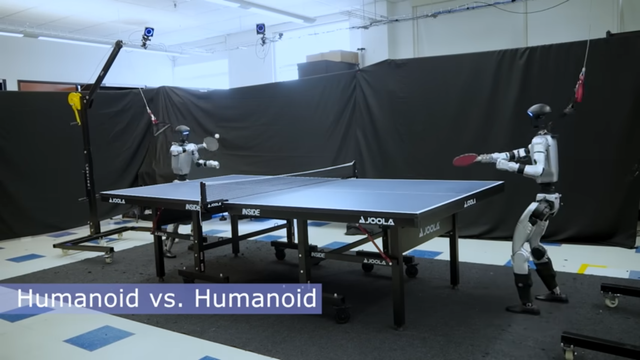A humanoid robot that plays ping pong exceeds average
A humanoid robot that plays ping pong exceeds average

Image source:
To what extent can these machines compete with our own species.
But thinking is not enough.

The challenge of teaching a robot to play table tennis is gigantic.
Follow my publications with the latest in artificial intelligence, robotics and technology.
If you like to read about science, health and how to improve your life with science, I invite you to go to the previous publications.
You want to win, play HARRY-RAID
If you like to read about science, health and how to improve your life with science, I invite you to go to the previous publications.
You want to win, play HARRY-RAID